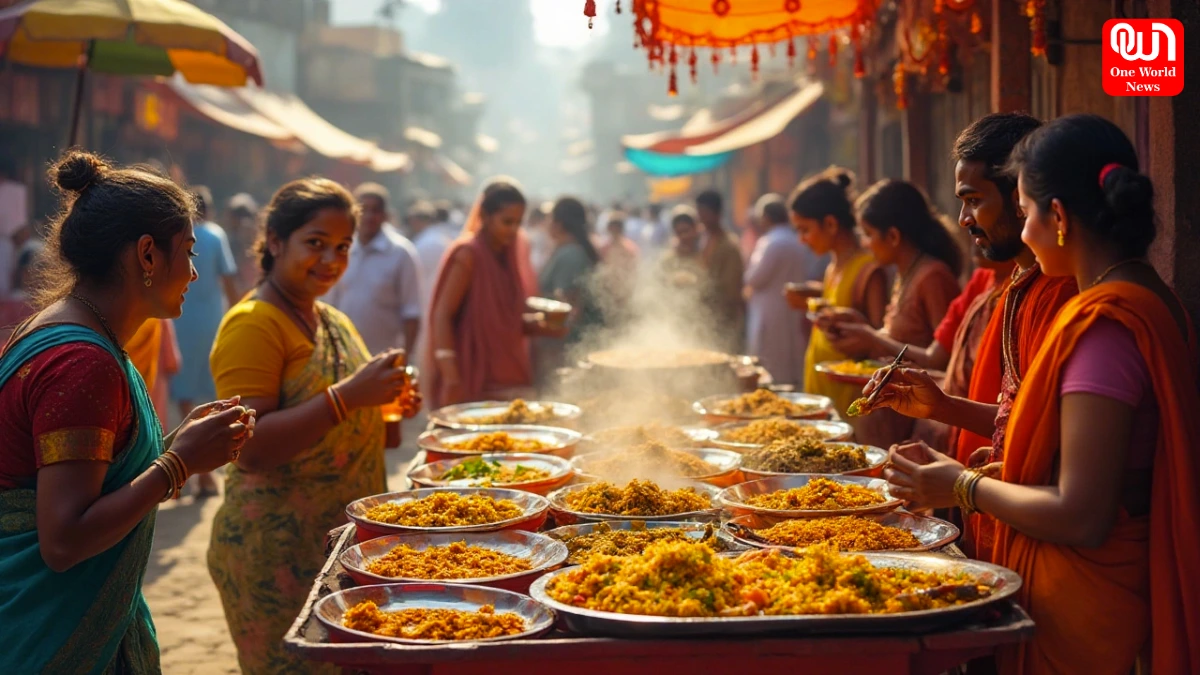Street Food and Identity: How Food Shapes a City’s Culture?
Flavors of History: How Street Food Preserves Culture and Tradition
Beyond Taste: Street Food as a Bridge of Identity and Belonging
More than just a quick and inexpensive meal, street food is a city’s lifeblood, a window into its culture and a link between different communities. Whether in the busy streets of Bangkok or the winding alleys of Delhi or in the lively markets of Mexico City or the night markets of Taipei street food narrates tales of migration history and community. It’s commonly believed that in order to fully understand a city you have to sample its street cuisine.
Street Food as a Record of Culture
There is history in every dish that is sold on the street corner. Generation after generation recipes are influenced by regional ingredients, trade routes and even colonization. For example Mumbai’s working-class heritage is reflected in vada pav which was created as a satisfying affordable snack for mill workers. Similarly Vietnam’s bánh mì blends French baguettes with local flavors narrating a tale of colonial influence and adaptation.
While it also changes over time, street food maintains tradition. The essence of the flavors is preserved even though vendors frequently alter them to accommodate shifting consumer preferences. Taste history in its purest most unadulterated form when you eat from a cart or stall – food prepared by the people for the people.
Food as a Social Connector
Class age or background have no bearing on street food culture. Strangers often share tables, chat and laugh at a roadside stall which frequently turns into a melting pot. Because it is so easily accessible, street food unites disparate communities through common tastes.
Street food also contributes to the development of identity in many cities. Just as New Yorkers cling to their hot dogs Delhiites take pride in their golgappas which makes them feel proud of their city. Finding or adjusting to street cuisine is frequently a means for migrants to settle into a new city. It turns into a tool for claiming belonging, connecting and adapting.
Read More : Celebrate Health and Flavor with National Papaya Month
Evolving Nature of Street Food and Globalization
Street food travels with cities as they become more globalized. At international food festivals and even fine-dining menus dishes that were previously only found in local alleys are now featured. This expansion honors the variety of cuisines but it also begs the question of whether commercialization destroys authenticity or ensures that traditions continue in new ways.
Many people find that the allure of street food is not only in the flavor but also in the atmosphere – the smoke rising from a grill, the cadence of chopping the animated conversation around a stall. Even when exported the essence of street food still serves as a reminder of home as these sensory memories are closely linked to identity.
Read More : World Mosquito Day: Raising Awareness to Fight Mosquito-Borne Diseases
The City’s Soul
Ultimately street food is a city’s autobiography written in flavors. It affects how locals view themselves and how visitors perceive the city. Monuments may be visited by tourists but the most memorable images of a place are frequently a bowl of noodles, a plate of tacos or a paper cone of chaat.
Street food is identity: it’s the history you can smell, the culture you can taste and the sense of belonging you can hold in your hands. If you want to know a city’s soul you have to walk its streets, smell its scents and eat what its residents eat.
We’re now on WhatsApp. Click to join.
Like this post?
Register at One World News to never miss out on videos, celeb interviews, and best reads.








